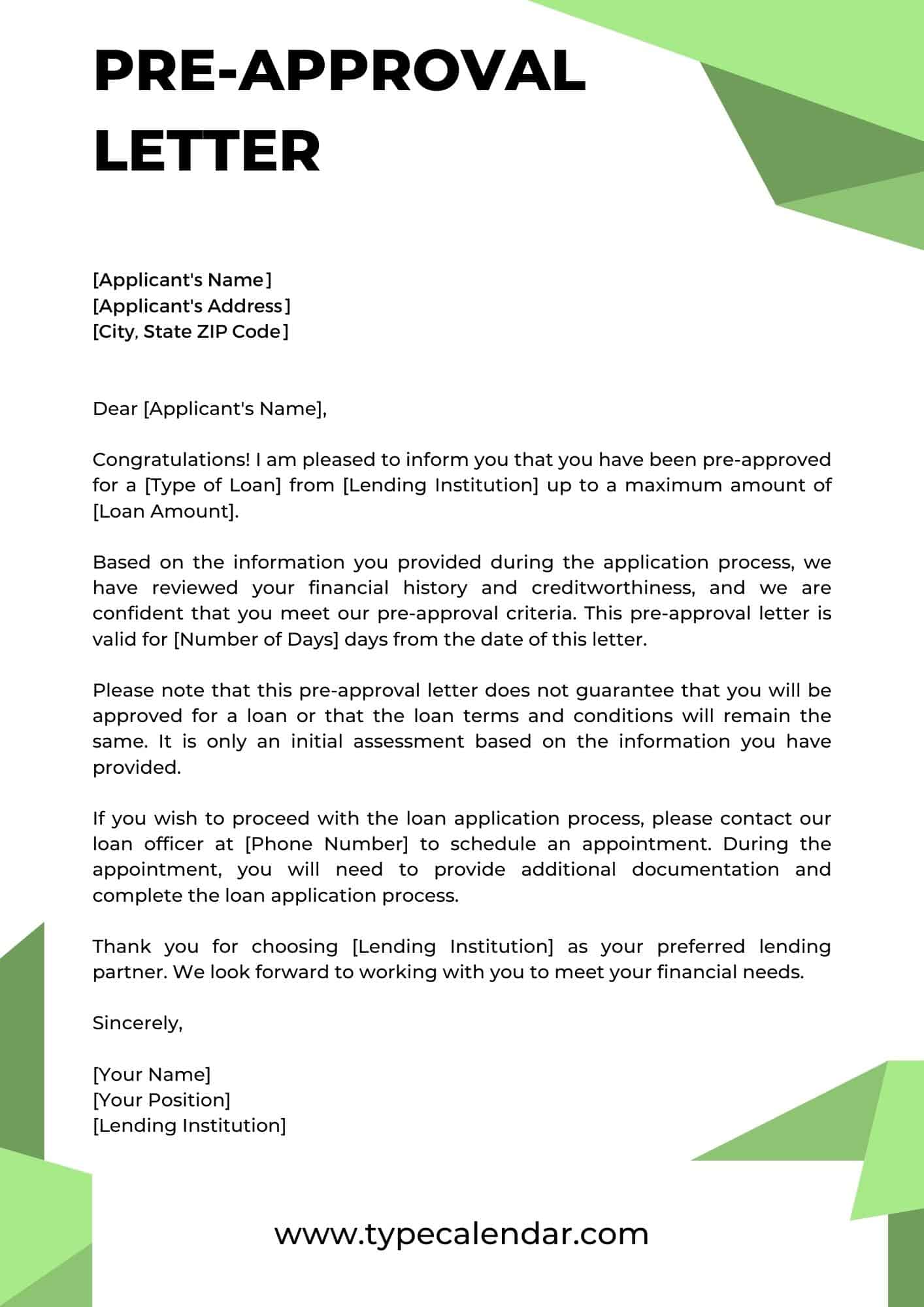Step-by-step guide on how to get pre-approved for a mortgage from multiple lenders
Getting pre-approved for a mortgage is an essential step in the homebuying process. It involves working with lenders to determine how much they can lend you and at what interest rate. By obtaining pre-approval from multiple lenders, you can compare offers and choose the best option for your financial situation. Here is a step-by-step guide on how to get pre-approved for a mortgage from multiple lenders:
Determine your budget and financial goals
Before you start the pre-approval process, it’s crucial to determine your budget and financial goals. Consider your current income, expenses, and any future financial commitments. This will give you an idea of how much you can afford to borrow and repay each month. Additionally, it’s essential to decide on the type of mortgage and interest rate structure that aligns with your financial goals.
Research and compare lenders
Research and compare different lenders to find the ones that offer competitive interest rates, favorable terms, and excellent customer service. Look for lenders that specialize in mortgages and have a reputation for reliability and transparency. Reading customer reviews and asking for recommendations from friends or family can also help you find reputable lenders.
Gather necessary documents and information
To get pre-approved for a mortgage, you’ll need to gather several documents and information that lenders typically require. These may include:
- Proof of identity (such as a driver’s license or passport)
- Proof of income (recent pay stubs, W-2 forms, or tax returns for self-employed individuals)
- Proof of assets (bank statements, investment portfolios)
- Employment history
- Credit history and credit score
Having these documents ready beforehand can speed up the pre-approval process and prevent any delays.
Submit pre-approval applications
Once you have gathered all the necessary documents and information, you can start submitting pre-approval applications to multiple lenders. Fill out the applications accurately and provide all the requested information. Remember to review the terms and conditions of each lender before submitting your application.
Review and compare offers
Once you receive pre-approval offers from multiple lenders, take the time to review and compare them thoroughly. Pay attention to the interest rates, terms, and any additional fees or charges involved. Consider the overall cost of the mortgage, including the monthly payments and the total amount payable over the loan term. This will help you determine which lender offers the most favorable terms and aligns with your financial goals.
Choose the best lender
Based on your review and comparison of the pre-approval offers, choose the lender that best meets your needs and offers the most competitive terms. Contact the chosen lender to move forward with the mortgage application process. They will guide you through the required steps to finalize the loan agreement.
Remember that pre-approval doesn’t guarantee a mortgage loan. The final approval will depend on factors such as the property appraisal, a satisfactory credit check, and other lender requirements. However, getting pre-approved from multiple lenders gives you the advantage of choice and allows you to negotiate the best terms for your mortgage.
For more information on the mortgage pre-approval process, you can visit this Wikipedia page.

Factors to consider when comparing pre-approval offers from different lenders
When getting pre-approved for a mortgage, it’s essential to gather multiple offers from different lenders to ensure you’re getting the best possible terms and rates. Here are some factors to consider when comparing pre-approval offers:
Interest rates and loan terms
Interest rates play a significant role in your monthly mortgage payment and the total cost of your loan. It’s crucial to compare the interest rates offered by different lenders to find the most competitive option. Even a slightly lower interest rate can save you thousands of dollars over the life of your loan.
Additionally, consider the loan terms offered by different lenders. Are they offering fixed-rate mortgages or adjustable-rate mortgages (ARMs)? How long is the repayment period? Choosing the right loan term can impact your monthly budget and financial goals.
Fees and closing costs
Obtaining a mortgage involves various fees and closing costs, which can significantly impact the overall cost of your loan. When comparing pre-approval offers, consider the following:
Application fees: Some lenders charge application fees, which can range from a few hundred to several thousand dollars. Compare these fees and consider whether they are worth the cost.
Origination fees: These fees are charged by the lender for processing your loan application. Compare the origination fees offered by different lenders and consider how they may impact your closing costs.
Closing costs: Closing costs can include appraisal fees, title insurance, attorney fees, and more. Compare the estimated closing costs offered by different lenders to ensure you have a clear understanding of the expenses involved.
It’s important to consider both the interest rates and the fees and closing costs offered by different lenders to get an accurate picture of the total cost of your loan.
Customer service and reputation
The level of customer service provided by a lender is crucial, as it can greatly impact your experience throughout the mortgage process. Consider the following factors when evaluating customer service:
Communication: How responsive and helpful is the lender in answering your questions and providing assistance? Clear and open communication is essential throughout the pre-approval process.
Online tools and resources: Some lenders offer online tools and resources that make it easier to track your application progress and access important documents. Consider whether these tools are important to you and whether the lender offers them.
Reputation: Research the reputation of different lenders by reading customer reviews and checking their ratings with reputable organizations like the Better Business Bureau. A lender with a strong reputation for excellent customer service is likely to provide a smoother mortgage experience.
Flexibility and options
When comparing pre-approval offers, it’s essential to consider the lender’s flexibility and the range of options they offer. Here are some factors to consider:
Loan programs: Some lenders specialize in specific loan programs, such as FHA loans or VA loans, while others offer a broader range of options. Consider whether the lender offers the loan program that best suits your needs.
Down payment requirements: Different lenders may have varying down payment requirements. Consider whether the lender’s down payment requirement aligns with your budget and financial goals.
Pre-approval validity period: Pre-approval offers typically have an expiration date. Consider the validity period offered by different lenders and how it aligns with your homebuying timeline.
Comparing the flexibility and options offered by different lenders will help ensure you find a pre-approval offer that meets your specific needs and circumstances.
Remember that getting pre-approved for a mortgage is an essential step in the homebuying process. It allows you to determine your budget, shop for homes with confidence, and stand out in a competitive market. By comparing pre-approval offers from multiple lenders, you can find the best terms and rates and ultimately secure the mortgage that meets your needs.







